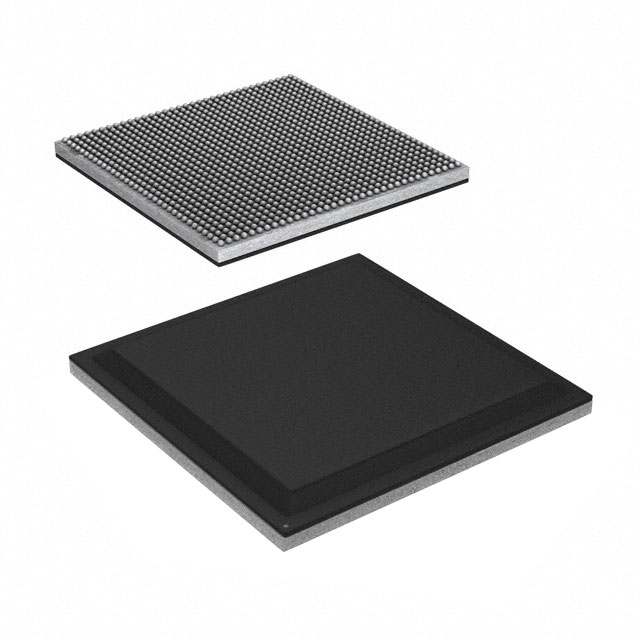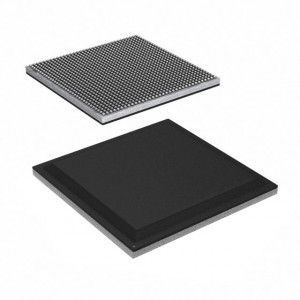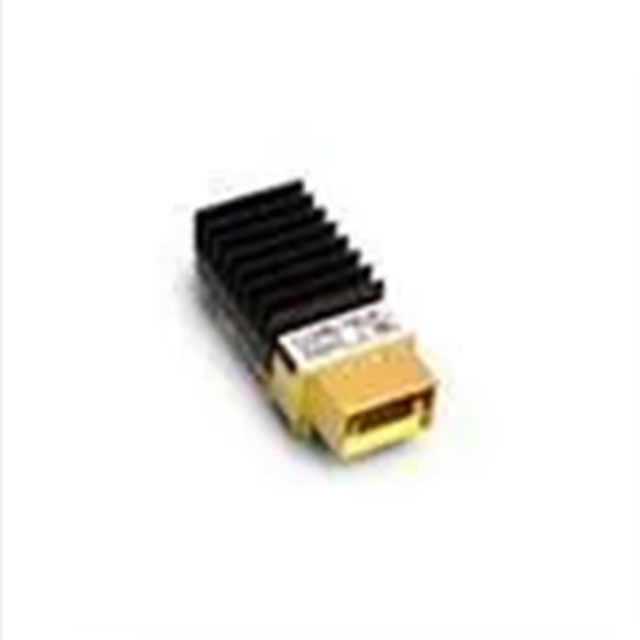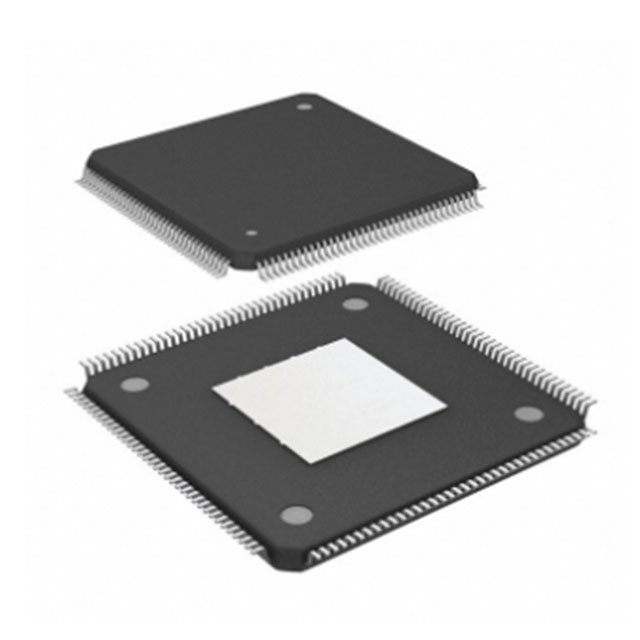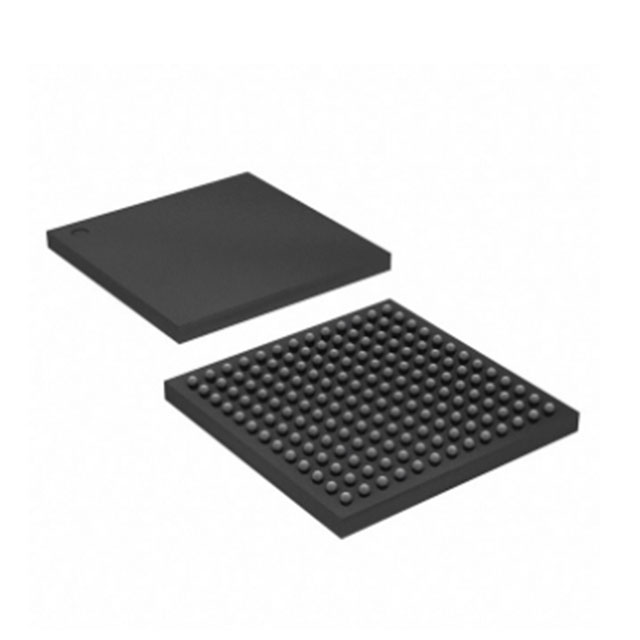IC SOC CORTEX-A53 1156FCBGA XCZU9CG-1FFVB1156I ic chips electronics components integrated circuits BOM SERVICE one spot buy
Product Attributes
| TYPE | DESCRIPTION |
| Category | Integrated Circuits (ICs)Embedded |
| Mfr | AMD Xilinx |
| Series | Zynq® UltraScale+™ MPSoC CG |
| Package | Tray |
| Standard Package | 1 |
| Product Status | Active |
| Architecture | MCU, FPGA |
| Core Processor | Dual ARM® Cortex®-A53 MPCore™ with CoreSight™, Dual ARM®Cortex™-R5 with CoreSight™ |
| Flash Size | - |
| RAM Size | 256KB |
| Peripherals | DMA, WDT |
| Connectivity | CANbus, EBI/EMI, Ethernet, I²C, MMC/SD/SDIO, SPI, UART/USART, USB OTG |
| Speed | 500MHz, 1.2GHz |
| Primary Attributes | Zynq®UltraScale+™ FPGA, 599K+ Logic Cells |
| Operating Temperature | -40°C ~ 100°C (TJ) |
| Package / Case | 1156-BBGA, FCBGA |
| Supplier Device Package | 1156-FCBGA (35×35) |
| Number of I/O | 328 |
| Base Product Number | XCZU9 |
Technology integration still needs time
Some industry insiders are bemoaning the fact that after the acquisition, the name “Xilinx”, a small giant in its niche, may be replaced more by “AMD”.
According to the disclosure, after the acquisition, Victor Peng, former CEO of Xilinx, will be the president of the newly established Adaptive and Embedded Computing Group (AECG), which will remain focused on driving the FPGA, adaptive SoC, and software roadmap.
On the same day, AMD also announced new board appointments. Zifeng Su has added the position of Chairman of the Board to his previous positions of President and CEO; Jon Olson, formerly a director of Xilinx, and Elizabeth Vanderslice will join AMD’s Board, the former as CFO of Xilinx and the latter with investment banking and acquisition experience.
Although the amount seems huge, there is a precedent for this acquisition by AMD.
In 2015, old rival Intel announced the acquisition of Altera, the industry’s second in FPGAs, opening up the CPU+FPGA development model, while AMD was the first company to acquire the FPGA industry share as the once “second in a million”. So it seems clear that the two further fight the situation.
Of course, the outcome of AMD’s CPU+GPU+FPGA convergence race is still unknown.
After all, although Intel has long completed the acquisition of Altera, since then, the benefits of this action did not soon show the multiplier effect in the financial report.
The reporter found that Intel completed the acquisition of Altera in 2015, and the related business income started to appear in the company’s financial report in 2016 with the PSG (Programmable Solutions Group) business line, which then accounted for 3% of the total revenue.
In the recently released FY2021 Intel earnings report, the company’s PSG business segment revenue was $1.9 billion, up 4% year-over-year, while the company’s total revenue for that year was $79 billion, and the related revenue share did not break the 3% weight. This would seem to indicate that FPGA-related business revenues did not provide a large boost to the company’s underlying contribution.
Intel in the fiscal year 2021 different business unit performance contributions, PSG proportion is low
In this regard, analysts told reporters that “FPGA technology barriers are high, and cross-discipline mergers and acquisitions require a longer period of digestion on both sides and require close cooperation and increasing improvement of the ecosystem, partner channels, and customer base.”
However, according to Su Zifeng, in 2023, the industry will see the first AMD processors with Celeris AI IP.
Conclusion
The industry believes that the previous decades of a tug-of-war between Intel and AMD have also led to rapid iteration and prosperity in the CPU processor market, while driving the rapid growth of the PC market and related suppliers, allowing PCs to enter the consumer market at lower prices.
In the post Moore’s Law era, Intel has ushered in a new CEO to increase investment in IDM business layout, while actively entering the RISC-V architecture, with the two old rivals competing for the high-end chip market with the CPU + FPGA formation, the fierce competition will also continue to land in more areas.






